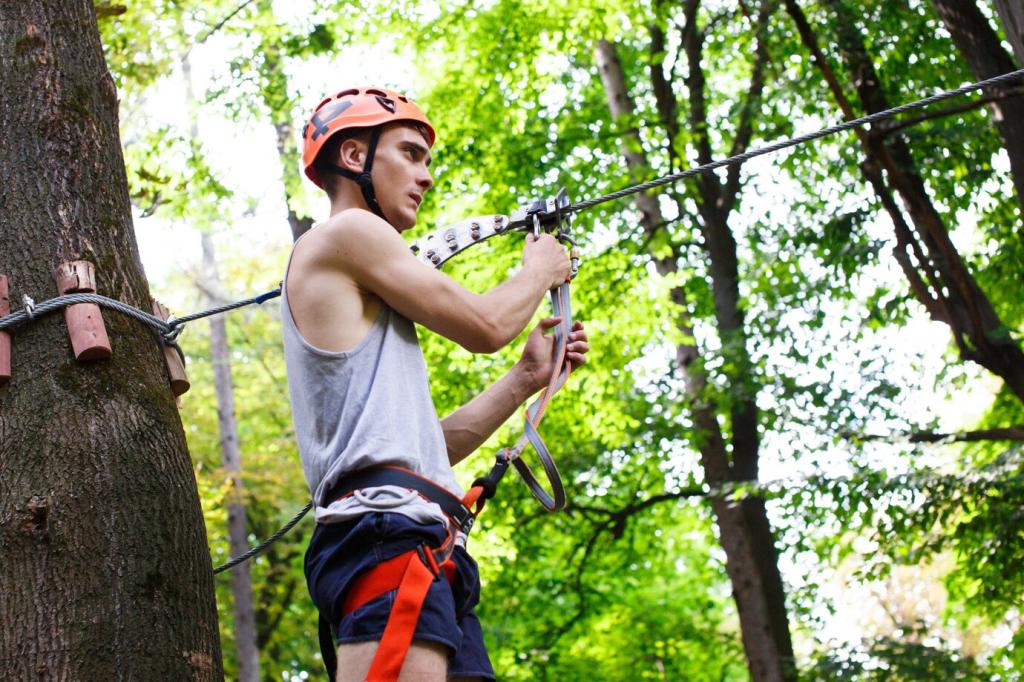Hydration First: Understanding Your Body’s Needs
A common baseline is three to four liters per day, but heat, altitude, wind, and pace push that number up fast. Track urine color, schedule sips every fifteen minutes, and stash a reserve for contingencies. Share your personal baseline with us.
Hydration First: Understanding Your Body’s Needs
Dry mouth arrives late. Earlier clues include subtle headaches, irritability, cooling sweat, and unusually hard footsteps. If navigation mistakes creep in, hydration may be the hidden culprit. Comment with the earliest signal your body sends, so others learn the language too.
Hydration First: Understanding Your Body’s Needs
Crossing a sandy wash, I rationed too tightly and paid with a foggy hour of slow thinking. A shaded break, electrolytes, and disciplined sipping turned the day around. Subscribe for more field notes that translate hard lessons into simple routines.
Hydration First: Understanding Your Body’s Needs
Lorem ipsum dolor sit amet, consectetur adipiscing elit. Ut elit tellus, luctus nec ullamcorper mattis, pulvinar dapibus leo.






